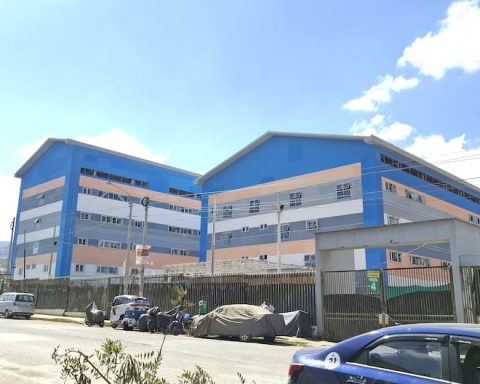Infrastructure and inclusion are the main challenges of access to the metaverse in Latin America, according to a series of dialogues in the region organized by the EON Resilience Lab of C-Minds, the only Mexican organization in which Goalthe parent company of Facebook, invested as part of its $50 million research fund.
According to Claudia del Pozo, executive director of the EON Resilience Lab by C Mindsthe talks that this organization has coordinated in collaboration with Meta in the region show that there is more awareness of what is needed in Latin America to be able to access the metaverse than in the metaverse itself.
“In Latin America there is a great deal of awareness of the challenges in terms of infrastructurewhich present a barrier to entry to the metaverse in the region”, del Pozo said in an interview.
However, according to the directive of the EON Resilience Lab, the lack of connectivity in the region, where a third of the population or more than 200 million people do not have Internet accessAccording to a report by the Inter-American Institute for Cooperation on Agriculture (IICA), the Inter-American Development Bank (IDB) and Microsoft, the development of standards and technologies that enable the metaverse must be addressed in parallel.
What is the metaverse?
Although several writers had already described immersive realities or virtual worlds in books such as Orson Scott Card’s Ender’s Game, it was Neal Stephenson, in his 1992 novel snowcrash, who first introduced the term metaverse as a digital environment that behaved like a real place for its users, where up to 60 million people could socialize, conduct business, and have fun.
For Del Pozo, the metaverse does not yet exist. Platforms like Roblox, Minecraft either Decentralize they are “prototypes of the metaverse”, which he defines as a digital space enabled by technologies such as virtual and augmented reality, blockchain and artificial intelligence and that will serve to make life easier for people.
Although for Mark Zuckerberg, who runs Metain the near future there will only be a multiverse created by different companies and organizations connected through standards of interoperabilityFor Del Pozo, the most realistic thing is that there are several metaverses oriented to different aspects of human life that will have a certain degree of interoperability.
Just this week, Meta announced the creation of a consortium of 34 companies, including Microsoft and Nvidia, whose objective is precisely to reach agreements regarding the interoperability standards with which the metaverse proposed by Zuckerberg in November 2021.
Inclusion
Although the general conception of the metaverse is that it will be dedicated mainly to entertainment and economic profit, through land and digital assets such as cryptocurrencies and NFTs, For Del Pozo, the relevance of the metaverse in the region will be more oriented towards the educational and employment opportunities that this platform can offer.
Del Pozo gives Minverso as an example, a platform of Chilean origin that allows workers in the mining industry to reduce the risks they face in their work through training within the metaverse that simulates descent into a real mine. The same happens in the case of the Innovation Room of the Johnson & Johnson pharmaceutical company, which will allow medical students to be trained in surgical procedures that they will later put into practice in real life.
In the field of technologies that enable the metaverse, De Pozo referred to the work he is doing Saiph Savageco-director of the UNAM Civic Innovation Laboratory, which seeks to develop a set of virtual reality glasses that is accessible to the Latin American population and that adapts to the social and climatic situation of the region.
Researchers, academics and members of civil society from countries such as Mexico, Brazil, Colombia, Costa Rica, Jamaica, Barbados, Argentina and Chile, have met throughout the year to discuss the challenges and opportunities that the metaverse presents in the region, where it could have an impact of up to 5% of GDP 10 years after its adoption, according to a study by Analysis Group.














